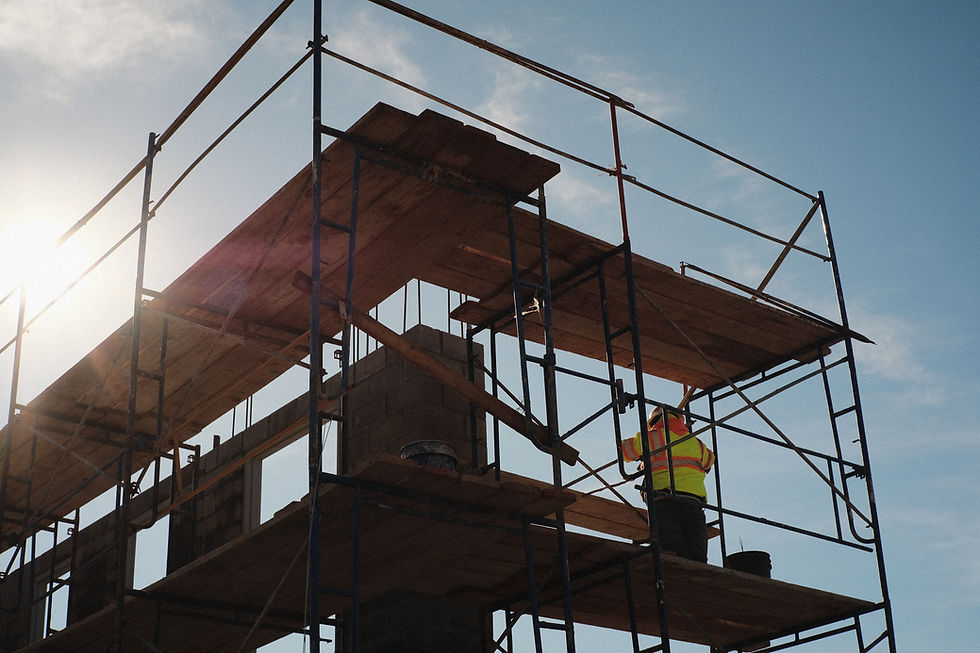
JR HEALTH AND SAFETY CONSULTANCY LTD

What is Temporary
Works Management?
Temporary works management involves the planning, coordination, and supervision of temporary structures or processes that are necessary for construction projects but are not intended to be part of the permanent works. These temporary structures play a crucial role in supporting construction activities, ensuring safety, and facilitating the construction process. Temporary works can include scaffolding, formwork, falsework, temporary supports, access platforms, and more.
Here are key aspects of temporary works management:
Identification of Temporary Works: Temporary works encompass a wide range of structures and processes required during construction. These may include supports for excavation, formwork for concrete structures, scaffolding for access, and more. Identifying all temporary works necessary for a project is an essential first step.
Risk Assessment: Conducting a thorough risk assessment for each temporary work is crucial. This involves identifying potential hazards, assessing the risks, and implementing control measures to mitigate those risks. Safety is a primary concern in temporary works management.
Design and Engineering: Temporary works must be designed and engineered to meet safety standards and project requirements. This involves ensuring the temporary structures are robust, stable, and capable of supporting the loads imposed during construction.
Coordination with Permanent Works: Temporary works management requires coordination with the design and construction of permanent works. Temporary structures should complement and support the construction process without compromising the integrity of the permanent structures.
Legal and Regulatory Compliance: Temporary works must comply with relevant legal and regulatory requirements. Temporary works managers need to be aware of and adhere to industry standards and codes of practice related to temporary structures.
Documentation: Proper documentation is essential in temporary works management. This includes detailed design calculations, risk assessments, method statements, and records of inspections and approvals. Clear documentation helps ensure transparency, accountability, and compliance.
Supervision and Inspection: Temporary works should be regularly inspected and supervised to ensure they remain in a safe and stable condition throughout the construction process. Inspections may be conducted by temporary works coordinators, engineers, or other qualified personnel.
Communication and Training: Effective communication is vital in temporary works management. This involves ensuring that all relevant parties, including workers and subcontractors, are aware of the temporary works and the associated safety measures. Training may be required for personnel involved in the assembly, use, and dismantling of temporary structures.
Dismantling and Removal: Temporary works should be dismantled and removed safely once they are no longer needed. Proper procedures should be followed to avoid any risks during the dismantling process.
Temporary works management is a specialized field that requires expertise in engineering, safety, and construction management. The goal is to ensure that temporary structures are safely and efficiently integrated into the construction process, minimizing risks and supporting the overall success of the project.
